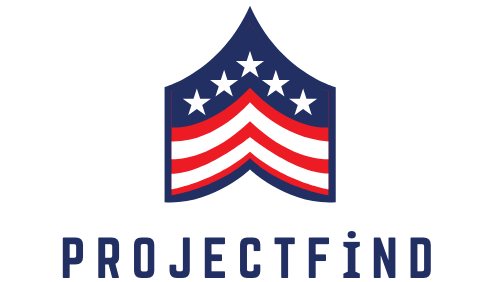Mastering Project Management: Fundamentals, Stages, and Purpose Explained
Project management stands as the backbone of successful business initiatives, seamlessly guiding ideas from conception to fruition. It encompasses a set of core principles that ensure projects are delivered on time, within budget, and to the desired quality. With a structured approach divided into five distinct stages, project management empowers teams to navigate complex tasks effectively, aligning resources and stakeholders towards a common objective. This discipline is not just about overseeing tasks; it’s about steering the project ship through the tumultuous waters of change, challenges, and opportunities, ensuring that the end goal is not only reached but also delivers the intended value.
What Are The 5 Basics Of Project Management?
If you possess a solid grasp of project management fundamentals, or as we affectionately call them, your competencies, you’ll be well-equipped to tackle anything the business world throws your way. Picture yourself as the “Super Manager,” ready to thwart scope creep and miscommunications before breakfast. However, let’s delve into an explanation of the seven highlighted project management skills below, leaving the wardrobe choices entirely up to you.
Process Groups:
The project management life cycle encompasses five process groups or phases, with each representing a distinct project phase.
Initiation:
The initiation phase aims to define the project, transforming it from an idea into an achievable goal for stakeholder review and approval. It kicks off with a project initiation document (PID) or project charter detailing aspects like the business case, project scope, deliverables, objectives, estimated budget, constraints, goals, and expected timeline.
Planning:
In the planning phase, you’ll elaborate on your project plan and infrastructure, ensuring your team comprehends the project’s vision. Key elements developed during this phase include budgeting and forecasting, SMART and CLEAR project goals, communication plans, deliverables, initial project schedules, project management plans, project team organization, risk analyses, risk management and response plans, work breakdown structure (WBS), and Gantt charts. This phase often consumes a significant portion of the project timeline.
Execution:
The execution phase is where your project team engages in the actual work, utilizing most of your budget. It involves producing deliverables, implementing your project plan, and achieving goals. Your role includes managing teams, orchestrating milestones for plan success, and maintaining communication and collaboration with stakeholders.
Monitoring:
The monitoring phase involves vigilant observation of project progress and key performance indicators (KPIs) to address issues promptly. Common KPIs include cost and effort tracking, deliverables and objectives, and overall performance and progress.
Closure:
The closure phase commences when the project concludes. Before celebrating, formal closure activities include terminating contracts, conducting a final budget check, and creating a detailed report covering every task’s completion status. Post mortem meetings are often held to evaluate successes and failures before celebrating the team’s hard work.
Cost Management:
Cost management is integral throughout the project lifecycle to ensure staying within budget. Effective resource planning, estimation, budgeting, and control are paramount.
Risk Management:
Risk management is a critical project management fundamental, involving understanding and responding to potential risks. Steps include identifying and analyzing risks, assigning ownership, prioritizing risks, planning responses, and monitoring and adjusting the risk management strategy.
Task Management:
Task management is essential as all projects consist of tasks that the team must complete. Identifying, monitoring, and orchestrating daily tasks are vital components, and online project management tools like Asana and ClickUp can facilitate this.
Project Constraints:
Projects inherently come with constraints—commonly known as the project management triangle involving cost, time, and scope. Managing each constraint, such as budget control for cost, Gantt charts for time, and clear project scope for scope, is crucial to project success. Each constraint is interconnected, necessitating comprehensive management for project success.
By honing these skills, you’ll indeed don the cape of the “Super Manager” and navigate the intricacies of project management with finesse.
What Exactly Does Project Management Do?
Project managers serve as indispensable figures within any organization, wielding a diverse range of responsibilities that extend beyond the conventional notions of overseeing project scope and client communication. Often hailed as the “unsung heroes” of a project, these professionals orchestrate, coordinate, and guarantee the timely and budget-conscious completion of tasks by project teams. Yet, the intricacies of their role surpass mere planning and resource management.




